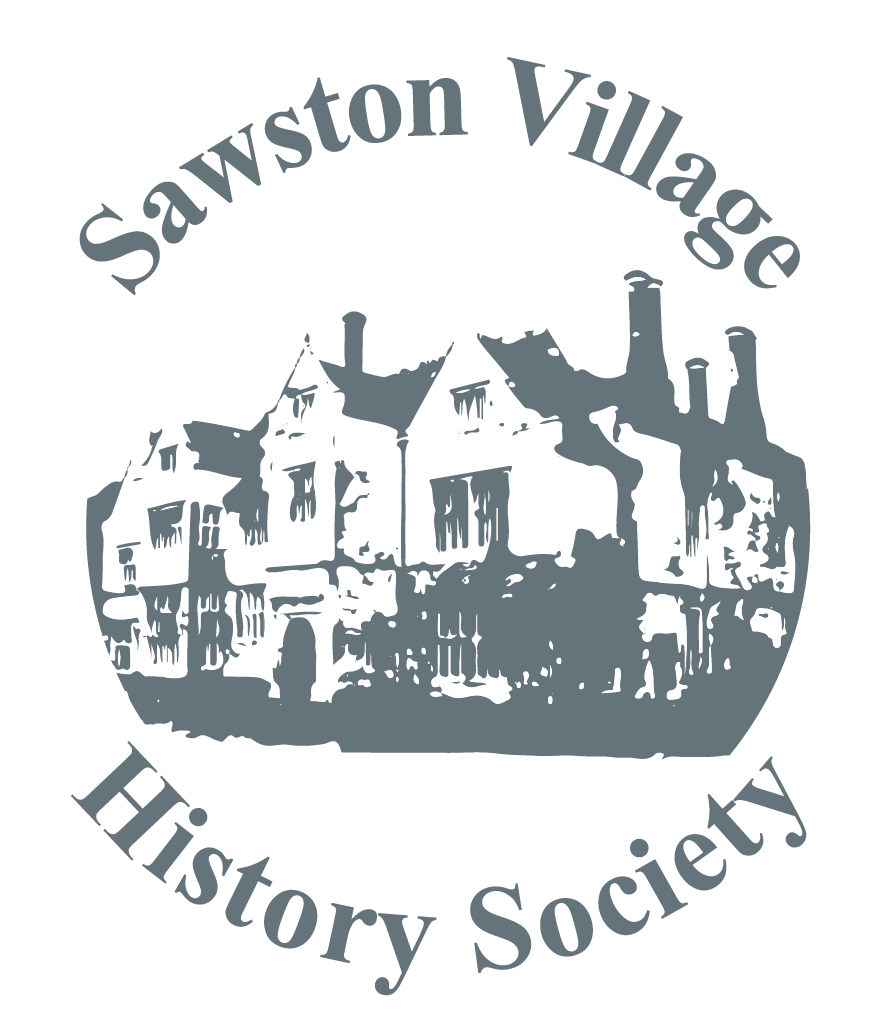The speaker at the May meeting was Ian Mason on the treasures of Ramsay Abbey. Ian has been curator of the museum at Ramsay for eight years. He explained the origins of monasticism with the arrival of St Columba on Iona in 563. The first buildings were constructed from wood and the people were encouraged to raise their own bell tower, often on a formerly pagan site such as a spring. The first stone buildings were made to look like wooden ones and painted garishly in blues and reds. The rule of St Benedict was widely adopted, but some Celtic foundations had double houses with men and women. After the Synod of Whitby in 663-4, the Roman Church predominated and women were expelled from double houses.
The Fenland Benedictine houses were Ely, 652, Peterborough, 655, Thorney, 654-675, Crowland, 716 and Ramsay 969. Alwin was the founder of the abbey at Ramsay and imported 12 monks to establish it. The initial building work was faulty and after ten years a crack appeared in the central tower and it had to be demolished and rebuilt. It was consecrated in 991 by archbishop Oswald.
In the mid eleventh-century further buildings were constructed from stone from Barnack, one of the first uses of this local quarry. These have now disappeared, but archaeologists have used ground penetrating radar to discover what was there. Finds include a coin from the reign of Cnut, two gatehouses and a thirteenth-century chapel.
After the dissolution parts of the abbey were dispersed and a pillar and twelfth-century grave markers and a coffin lid have been found in the vicarage garden. The foundations for the original Abbey are probably under Abbey House or the car park. Water divining discovered several water sources and ponds as well as a brook.
A thirteenth-century Psalter from Ramsay Abbey is now in the Parker Library at Corpus Christi College and much of the stone from the Abbey probably went to help build other Cambridge Colleges.
Dr Tim Wreghitt (as told to Mary Dicken)
